It’ s time to choose your own adventure with Beam Reach. Decide what to eat for breakfast, contemplate your research priorities, attend to the ship’s systems, and — maybe just maybe — get a chance to study wild killer whales.
Just click here or on a photo below to navigate through a day-long experience as one of the six Beam Beach students.
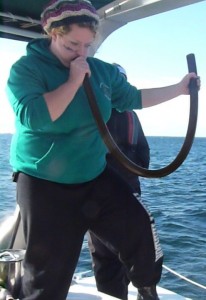
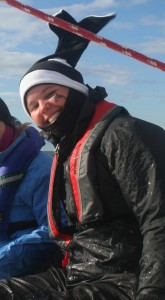


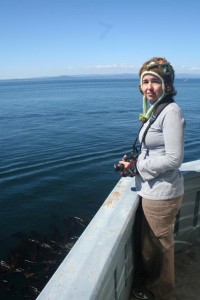
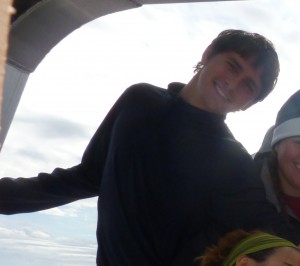
Read More
Last week on the boat, we spent a couple of days in Victoria, B.C. To make friends with our neighbors to the north, we learned a few facts about Canada:
1. Gained independence: 1867 or 1931, depending on who you ask. It’s worth noting that there wasn’t an independent Canadian embassy to the US until 1947
2. Prime Minister: Stephen Harper
3. Currency: Well, they call it a dollar, but there’s not a single President on it. Nor are there any creepy masonic eye pyramids either, so maybe they’re onto something.
4. National Anthem (Music so you can sing along)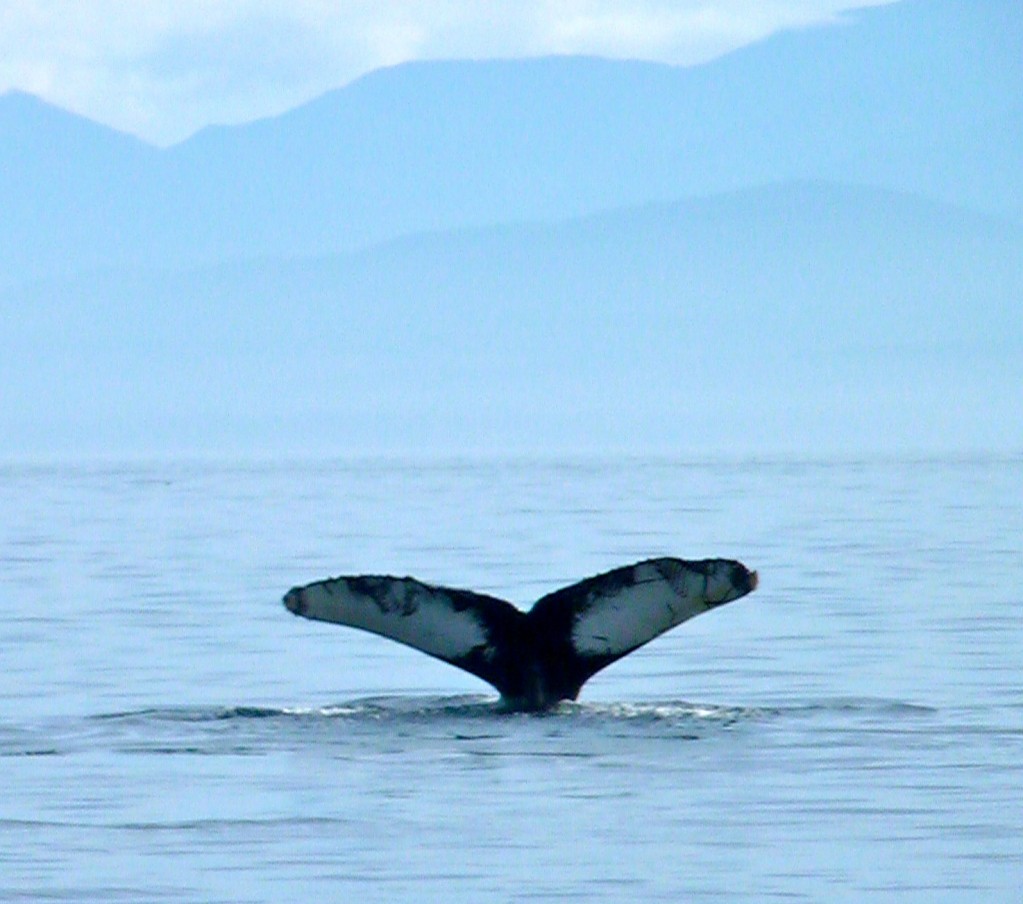
O Canada! The land where we saw whales
A whale-less week at sea, ends with a humpback tail
With Transients near the waterfront
And porpoises galore
With Mt. Baker as our photo mat
They swim away from shore!
Chorus:
O Canada! Your conference we attend
O Canada! We duly recommend
O Canada! Jason’s talk at 10
O Canada! Your showers take loonies
What’s one to do, with American currency?
The Mounties nearly chased us down
On the morn we left early
But all was good, for we ate our way
Through our surplus fruits and veggies!
Chorus:
O Canada! Your conference we attend
O Canada! We duly recommend
O Canad a! Jason’s talk at 10
a! Jason’s talk at 10
Read More
Have you ever come so close to your goal that you can literally see it breaching out of the water in front of you, only to have it slip away? Or perhaps you recall the tale of sysaphus, pushing his boulder up the hill only to have it roll back down again just when he got to the top. Or maybe your team had the other pinned deep in their own territory, 4th down and 26 with less than a minute to go, only to watch that victory slip away? Well, not to be too dramatic, but that’s how close we were to seeing some Orcinus orca the last two days but not quite getting there. First we weighed anchor on Friday with the knowledge that fall was really upon us: K-pod was heading down admiralty inlet towards Seattle in search of the fall chinook and chum runs. Off we went, though it would prove to be a five hour trip down there. Admittedly, some of us were secretly pleased that we wouldn’t be recording data right away, given the 5:00 deadline for our proposals. Maybe we dusted ourselves with a little karma with those thoughts. Suffice to say that we pulled in to Port Townsend sans whale sightings (they were too far down Puget Sound). BUT, when we were playing around with our underwater camera and microphone at 10 at night, well fed and relieved to have turned in our projects, checking out the nudibranchs, nutridiums and nerocystis on the ocean floor, suddenly, an S16 call comes in the speaker. We rush up to the dock, turn on the hydrophone up there, and listen as our quarry passes us in the dark, heading north. ALAS!
In the morning, we are hopeful that somehow there might be a few whales still in the sound, or that they turned around and came back in. Did we come all the way down here just for an evening of cell-phone service and flush toilets? We linger, hopeful. That lingering proved too much. By the time we’re sure that no reports will come in from the sound, after we listened to 45 minutes of live internet broadcasts from Lime Kiln (www.orcasound.net, listen to sample orca calls: S17 (possibly) recorded 9/14/10, S6 (recorded 9/14/10), S1 (recorded 9/16/10), S2 recorded 9/22/10, (1st call in 2 hours, preceded a change in direction), S9 (sample file)), we’re fighting currents in our quest to get back to the islands. Reports are coming in left and right: whales at Hannah Heights! Black and whites at Kellet Bluff! K-pod at turn point! Our usual stomping grounds are silly with whales, but we’re dodging shipping traffic in the straight of Juan de Fuca. Then, just as we’re nearing our potential harbor for the night, we hear reports. They’re just around the corner. They’re heading south (towards us!). We change plans and sail off towards them. We get closer and closer. More reports come in: they’re calling a lot! They’re…heading north! (d’oh!) We’re so close we can see spouts and the occassional breach. But now they’re traveling. And the sun is setting. And we have to head to harbor for the night. We settle our stomachs with some gourmet burritos, settle our academic interests looking at the moons of jupiter, and go to bed hopeful for what will be tomorrow.
Oh yeah, and if any of you happen to know (or be) my mother, tell her happy birthday!
Read More
As we prepare to embark on our second boat tour, I’m reminded of a concept that I first learned about from the Coen brothers but have since discovered for myself. They made a film around the turn of the century loosely based on The Odyssey about a trio of misfit fugitives on a quest to find easy money. For each of them it means a different thing. For one, it’s buying back the family farm, for one it’s the security and self-importance that comes with operating a fine restaurant, and for the Odysseus character, it’s about (of course) winning back his wife from a nefarious suitor but also about finding an occupation and a life path from which he can derive pleasure and satisfaction. The film opens with an original 1928 recording of Harry McClintock performing The Big Rock Candy Mountains, a song about a hobo’s paradise where the jails are made of tin, where they hung the jerk that invented work, where lakes are made of stew and where you never change your socks while you sit beside a whiskey stream, trickling down the rocks.Â
This, then, is the stage we’re at in our time here We had two weeks of more adventure and learning than one could hope to ask for. You can read in other posts about our gallavanting with minke whales, breaching orcas, water so calm and clear that you can see whales underwater as they pass and being pushed around the ocean by the wind’s free energy. Was it real? Did, as I remember, we really spend every day looking and listening to whales, and then using math to understand our findings? (Remember, in my past life I was a math teacher, so applications of trigonometry warm my heart a bit). As we spent the last few days on land catching up with the real world and then working hard with faces in computer screens and headphones on, analyzing our data and putting it in a usable form, the memories have faded a bit. Can this Big-Rock-Candy-Mountain of the sea really exist? Or did we make it up? Wallace Stegner, in a novel he appropriately titled The Big Rock Candy Mountain, has the protagonist “never quite grant that all the good places were filled up. There was somewhere, if you knew where to find it, some place where money could be made like drawing water from a well, some Big Rock Candy Mountain where life was effortless and rich and unrestricted and full of adventure and action, where something could be had for nothing.” That’s what he was searching for. For us these next two weeks, all I can ask for is that same feeling that was described so well on these other posts. That’s my Big Rock Candy Mountain. And I’m so excited to get back on that boat to go searching for it again!
If technology is on my side, I’ll leave you with a video we shot that first week. Just a fleet of porpoises jumping around the boat. That’s all. No big deal, really. Just another day in the Big Rock Candy Mountains. 🙂
Porpoises Porpoising
Read More




Today was our first full day on the Gato Verde. Despite being bookended by fog (pea-soup in the morning and thin, wispy, romantic fog out of a painting in the evening) , we did find a little bit of sunshine in the middle of the day. The big benefit of fog is that it is often complemented with still water. In fact, we have yet to test the sea-worthiness of our stomachs as we had an entire day of completely smooth water (really like glass). Who knew the ocean could be like that? The disadvantage of fog is, of course, that it makes it hard to look for whales. Harbor seals, Stellar sea lions and porpoises all made appearances close to our vessel, but all reports indicated that our neighborhood orcas were off in international waters. Luckily, being bioacousticians, we were able to listen for whales as well using our hydrophone array and our fancy new high-frequency hydrophone. Alas, there was nothing but engine noise to be heard.* However, now that our equipment has been properly tested and proved itself to be up to the challenge of dealing with the rigors of the sea, we will be ready for the appearance of our lovely black and white friends on the morrow.
Of equal importance to the knowledge we gained about our hydrophones was the knowledge we gained about seamanship today. Not only did we learn about luffs and leeches (parts of a sail) but practiced our bowlines and half-hitches and sheet bends as well. We are in good spirits, well fed and learning a lot about each other, about whales, about research methods and about sailing. And, as we head to bed tonight, we are treated not only to cold, clear skies and a million lights above us, but also to cold, clear waters and a million lights (via bioluminescence) below.
Be there wind or be there whales tomorrow, we’ll be ready!
*Not our engines, however. We found out today why Captain Todd named our boat the Green Cat. It turns out that running on a combination of wind power, nearly silent electric motors and a bio-diesel generator that is not attached to the hull is not only good for avoiding disturbing the wildlife with noise, it’s also good for the environment by reducing emissions and using zero petroleum products for locomotion or cabin electricity.
Read More












 Twitter
Twitter LinkedIn
LinkedIn Facebook
Facebook